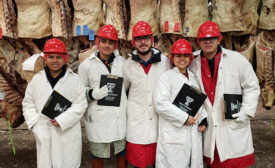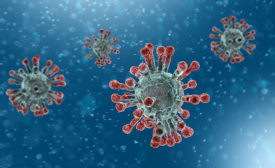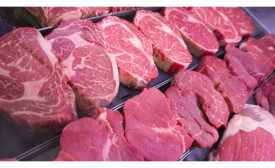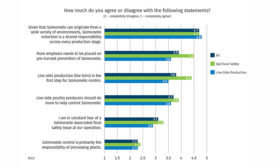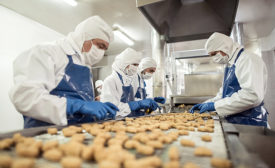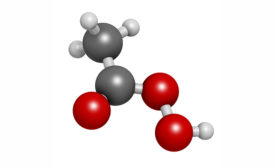Special Reports
Special Report | Top 100 Processors
2020 Top 100 meat and poultry processors: Storm clouds on the horizon
Even before Covid-19 shut down the country, the meat processing industry was cautious about 2020 and beyond.
Read More
Special Report | Portion Control Trends
Trimming the fat: pre-portioned meats offer ease and convenience
Read More2020 Food Safety Report | Supplier's Perspective | Poultry
The state of Salmonella interventions in poultry
Read More2020 Food Safety Report | Cold-Chain Solutions
Leverage outside help to maximize food safety
Third-party solutions providers can help processors maximize food safety and consumer reach.
Read More
2020 Food Safety Report | Science & Technology
The chemistry of peracetic acid
March 9, 2020
Stay ahead of the curve. Unlock a dose of cutting-edge insights.
Receive our premium content directly to your inbox.
SIGN-UP TODAYCopyright ©2024. All Rights Reserved BNP Media.
Design, CMS, Hosting & Web Development :: ePublishing

